HIS/HUM 381 Discussion: Population Growth and Demography Analysis
VerifiedAdded on 2022/09/23
|6
|1180
|52
Discussion Board Post
AI Summary
This discussion board post examines the complexities of population growth and demography, drawing on several research articles. The post begins with a summary of a study by Murdoch et al. (2018) that explores the relationship between population wellbeing and fertility rates, particularly in Mid-African countries, and the authors' conclusion that declining fertility leads to improved wellbeing. The author then reacts to the article, offering a differing perspective on the measurement of wellbeing. The post also summarizes an article by Roser (2020) on future population growth, highlighting demographic transition and the potential end of global population growth due to declining fertility and the concept of 'peak child.' The author agrees with Roser's projections, but also suggests that improved health sectors and wellbeing could maintain population growth. Finally, the post summarizes a paper by Zhou, Xing, and Ji (2019) that develops a new framework for examining mortality rates using Threshold VECM. The author acknowledges the value of these models but questions the usefulness of ever-evolving models. The post concludes with a list of the cited references.
1 out of 6
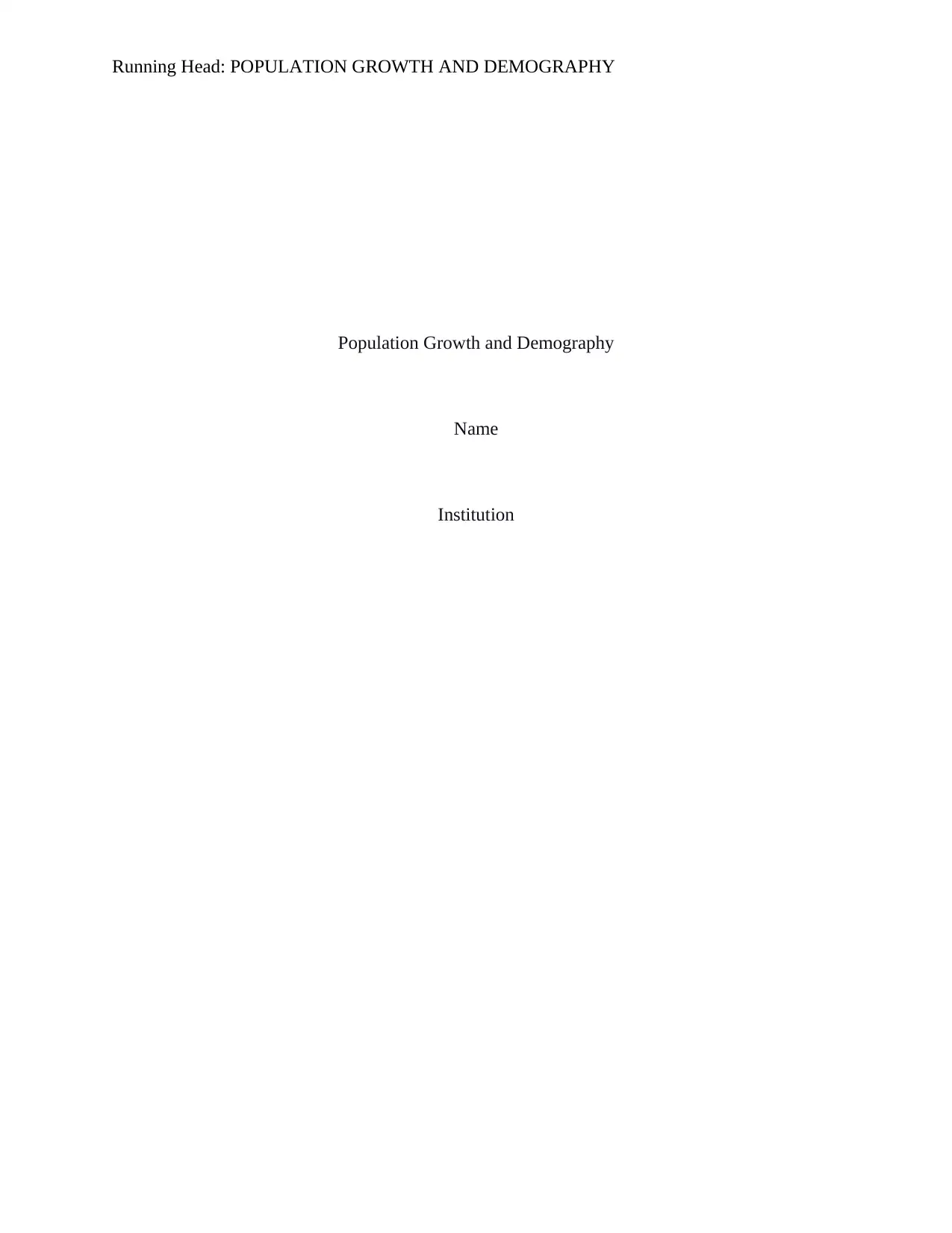
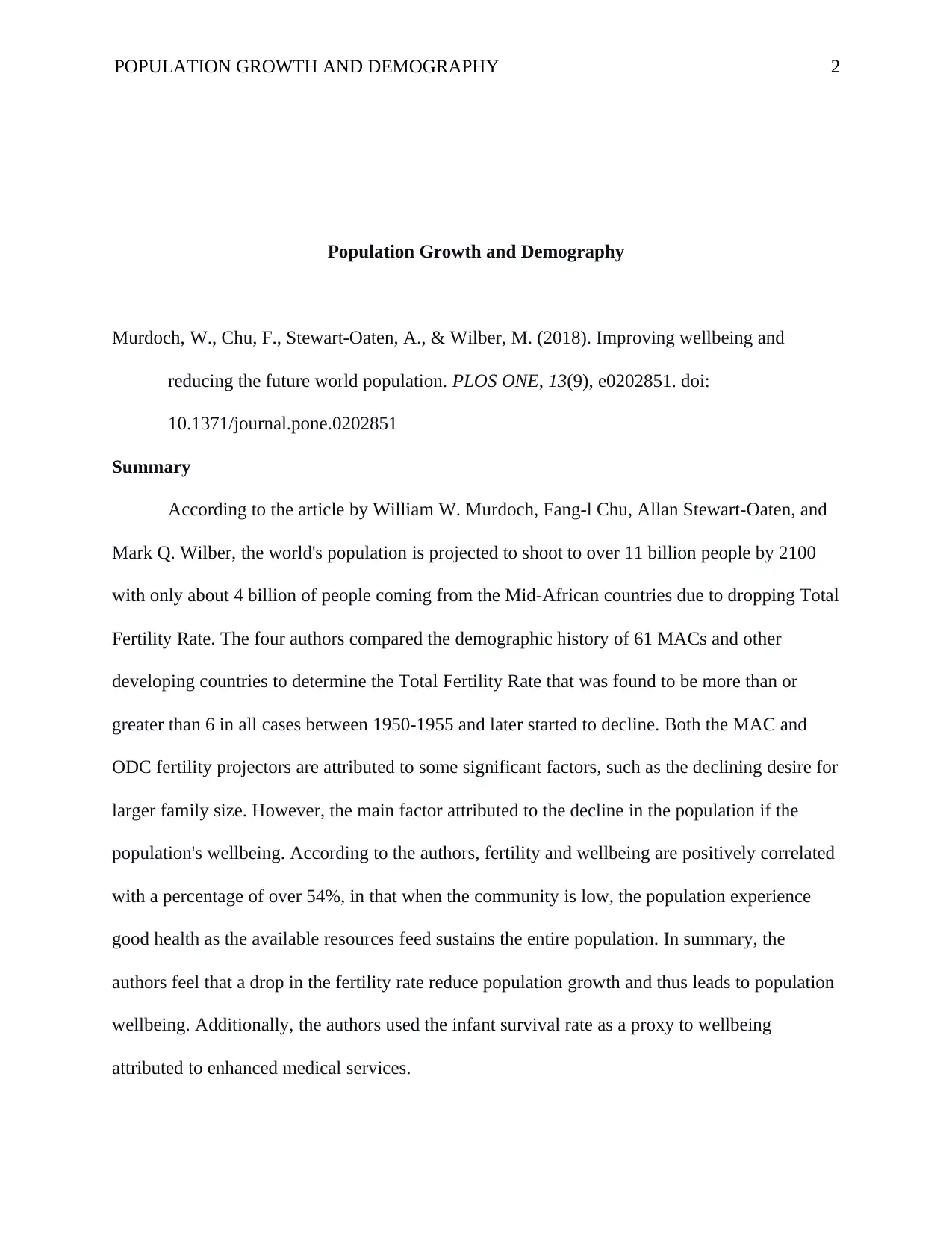
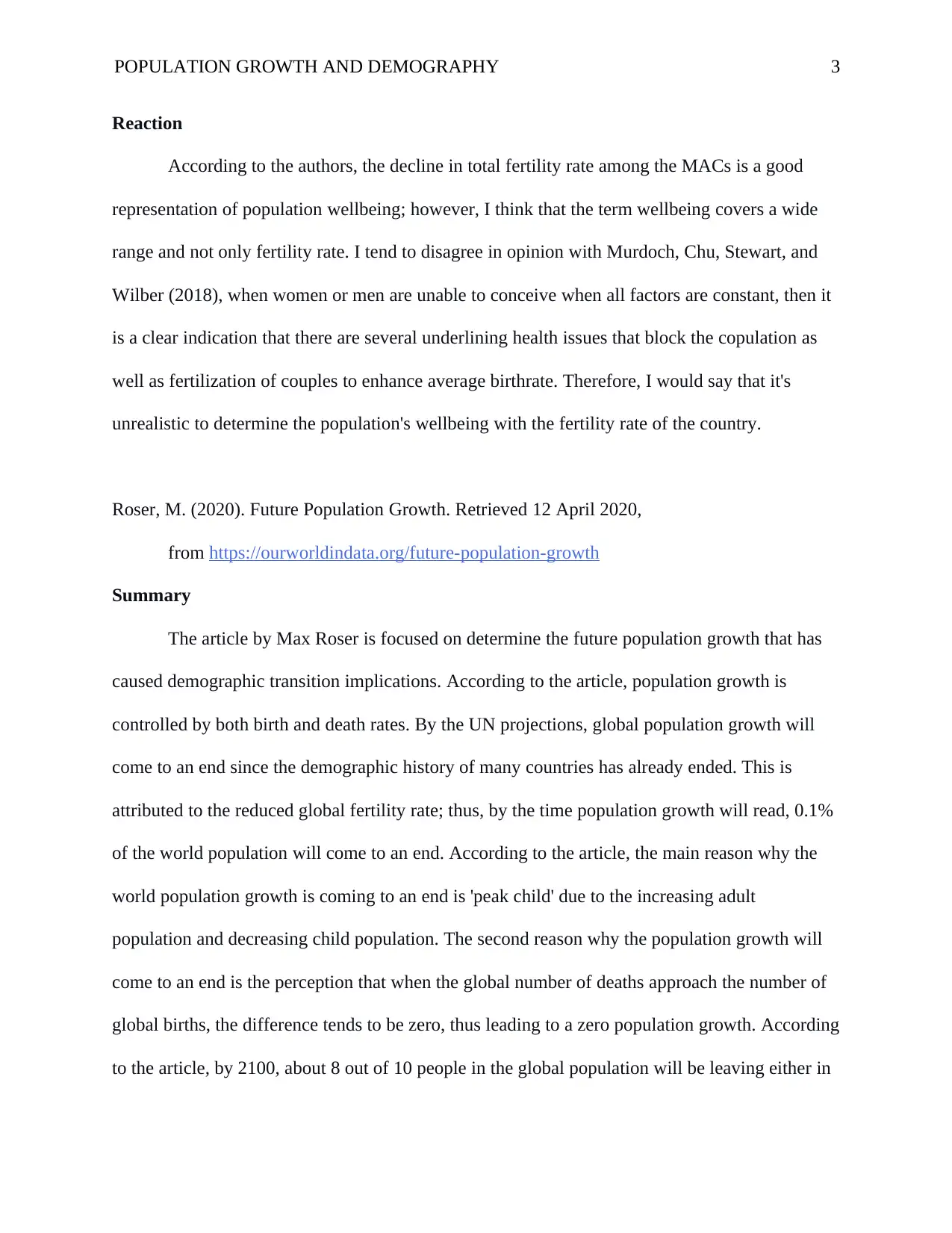

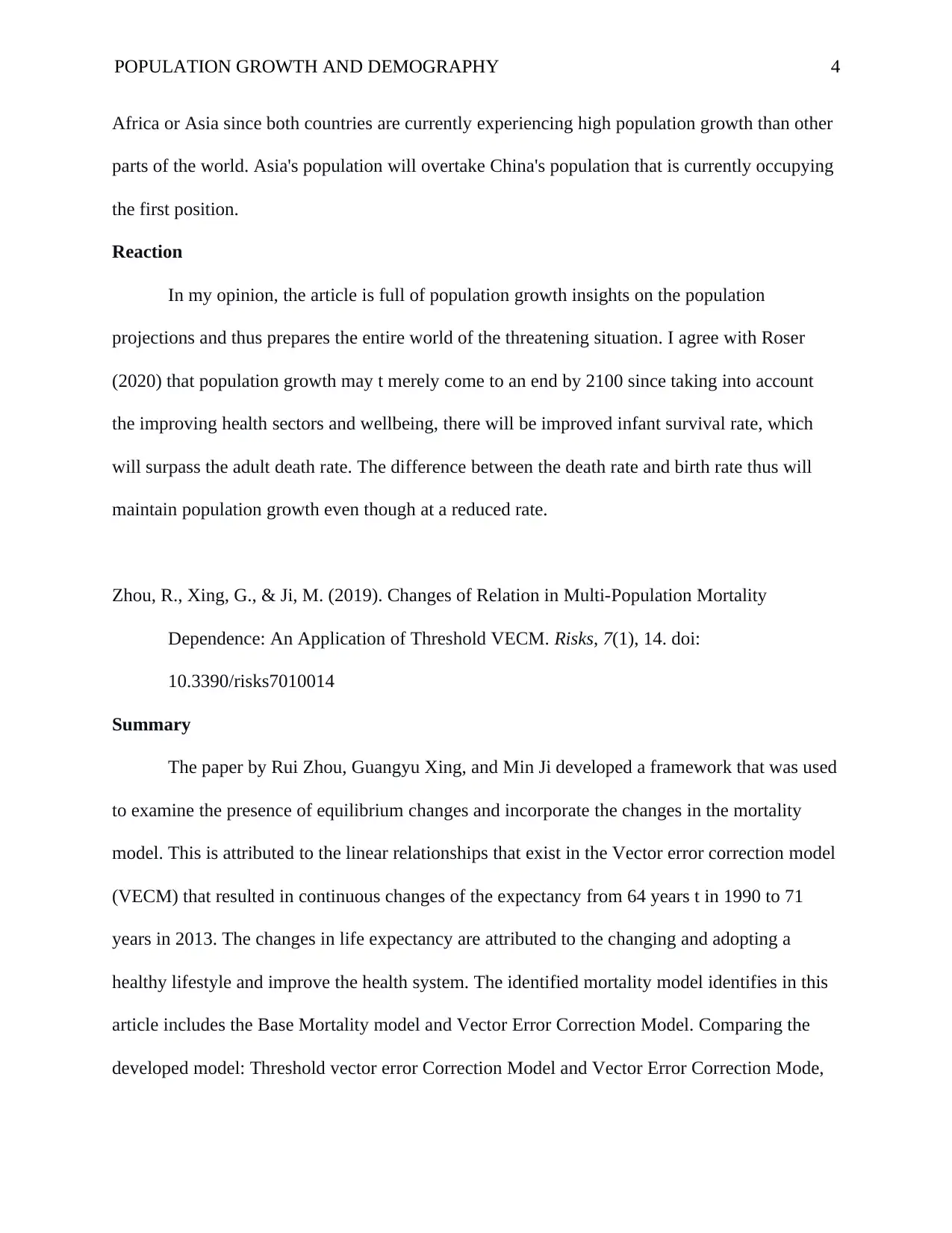
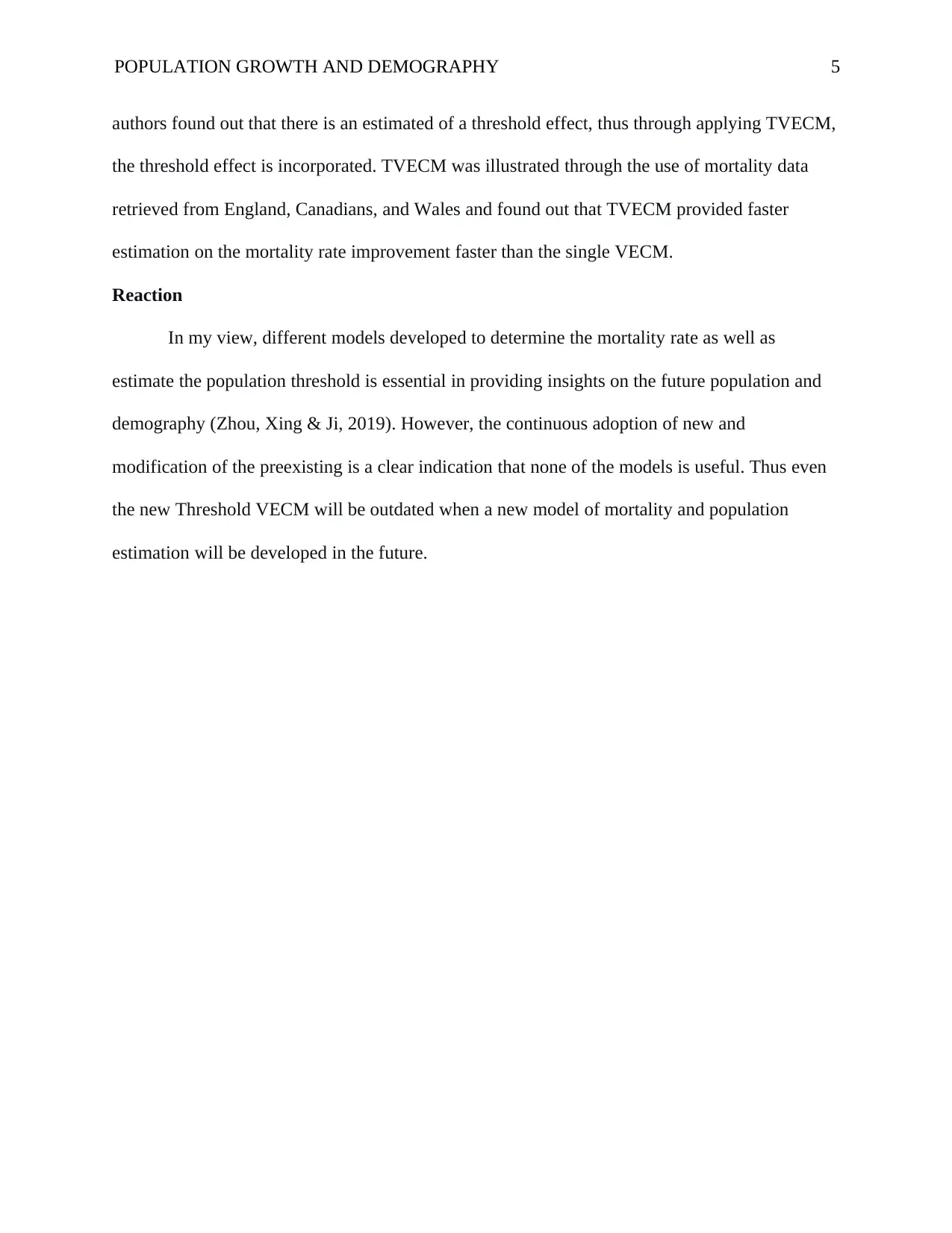
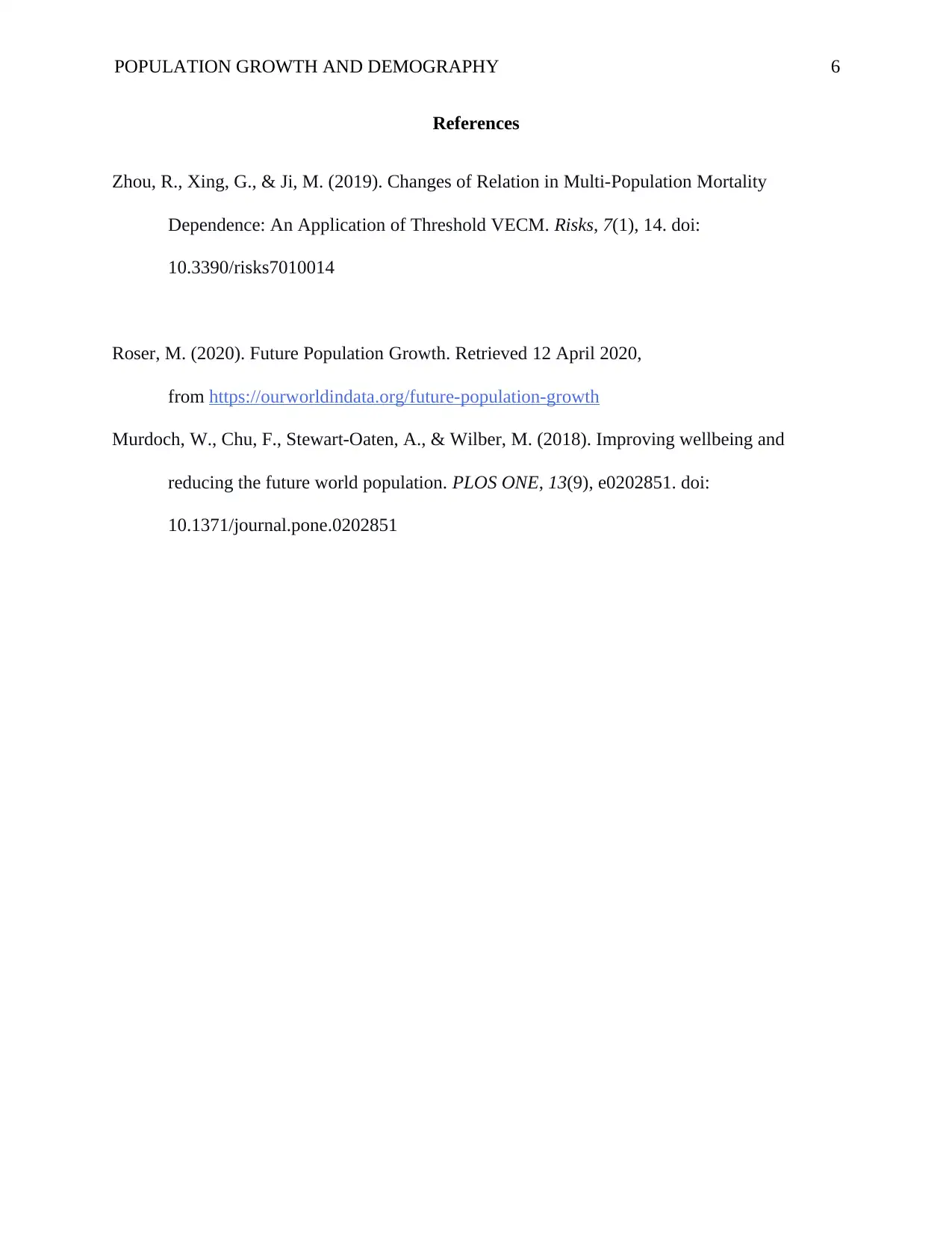
![[object Object]](/_next/static/media/star-bottom.7253800d.svg)